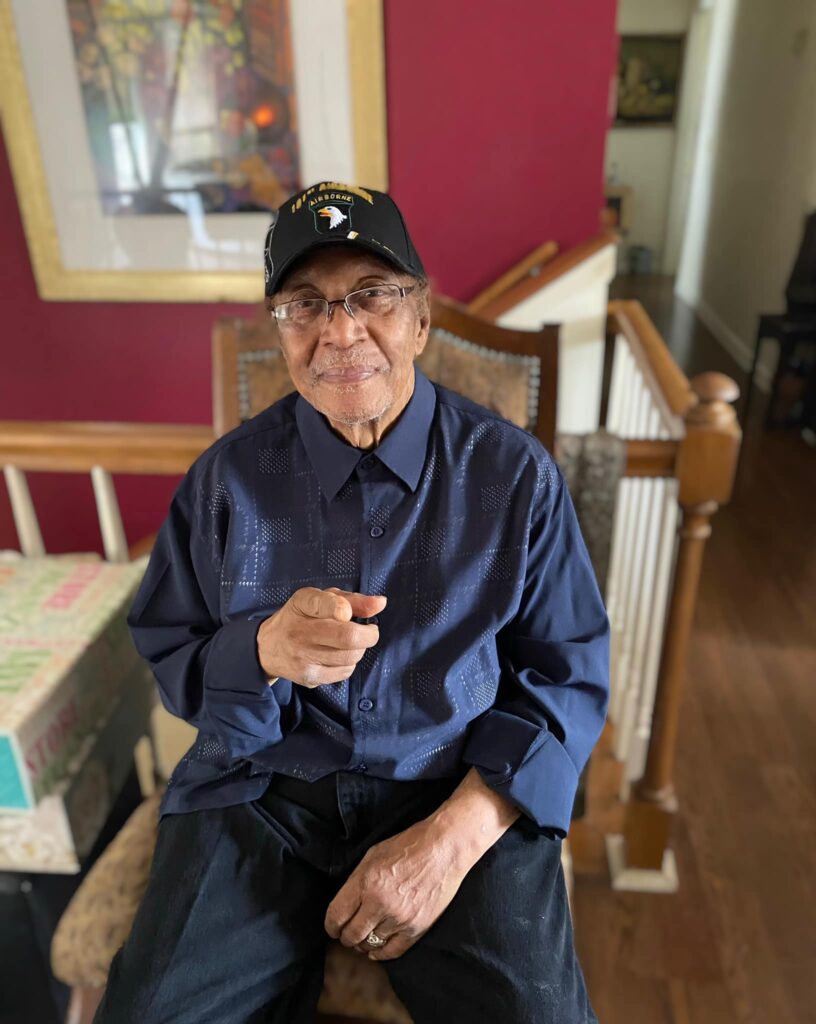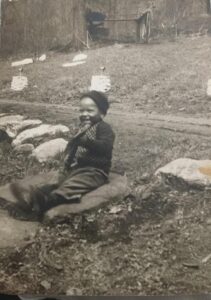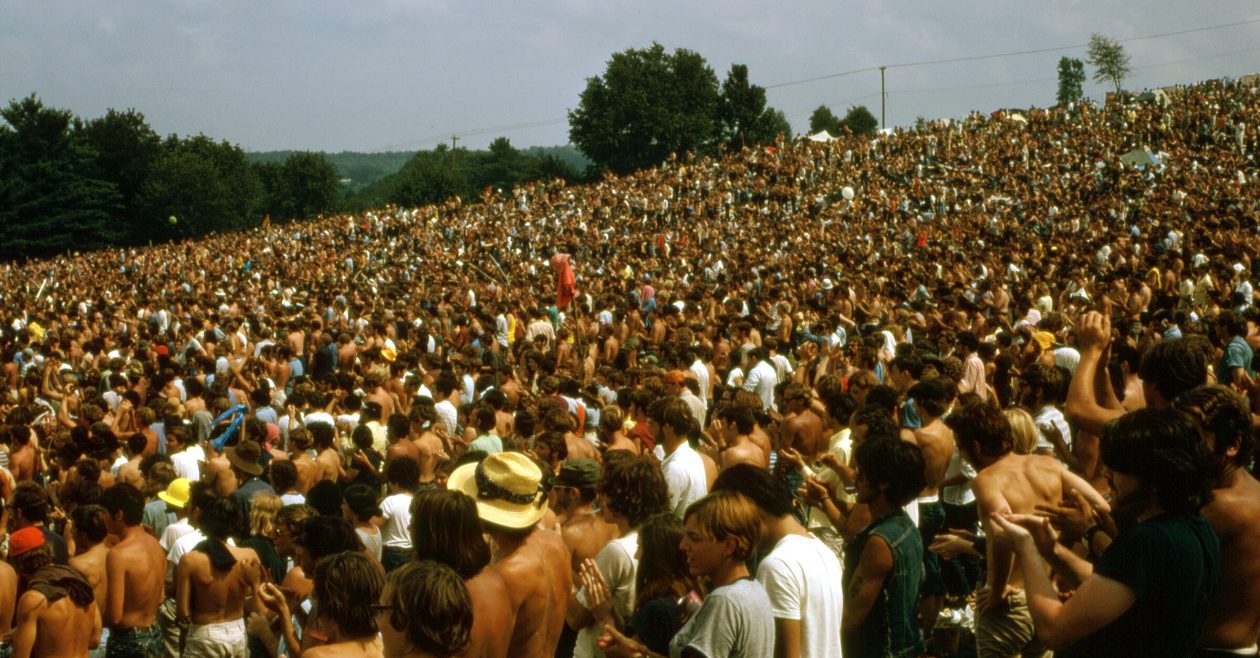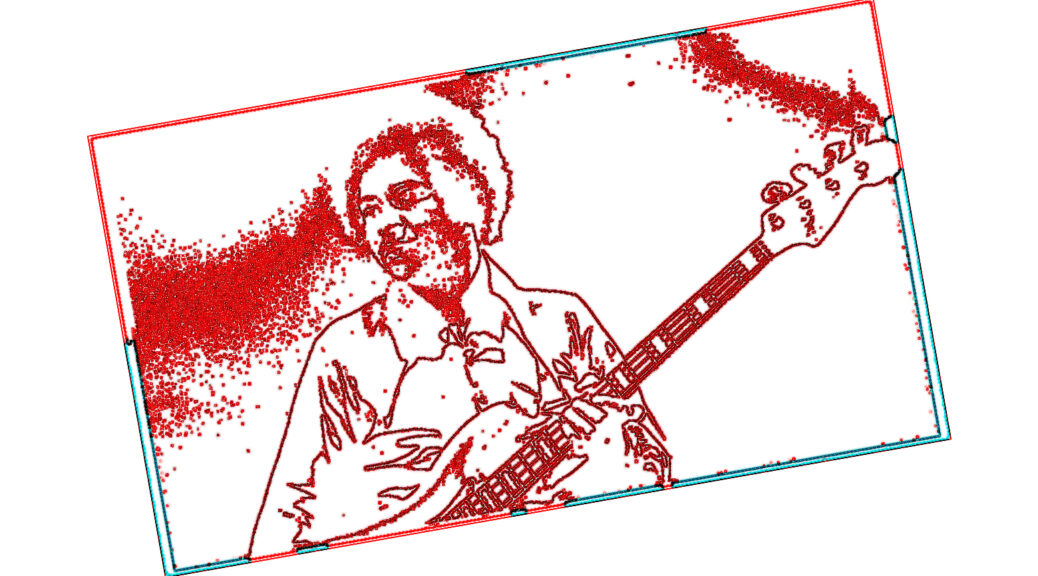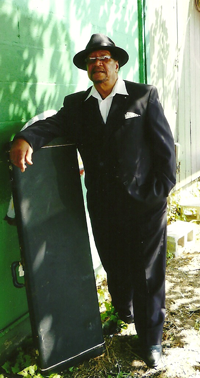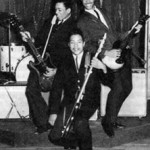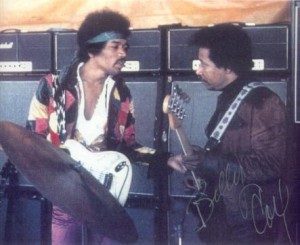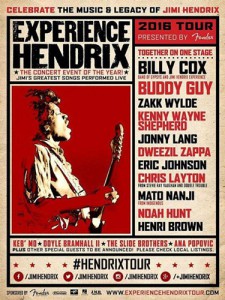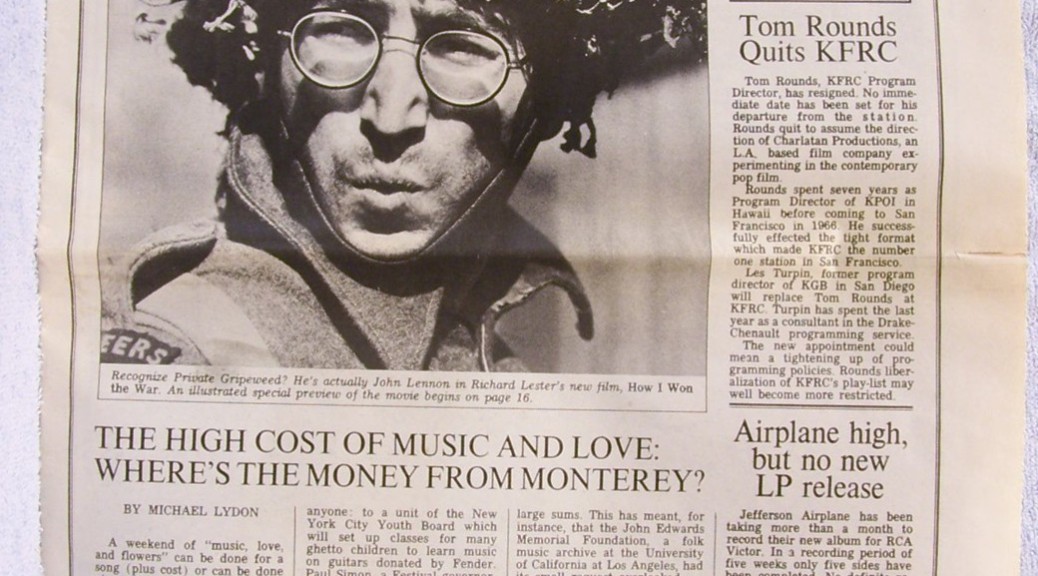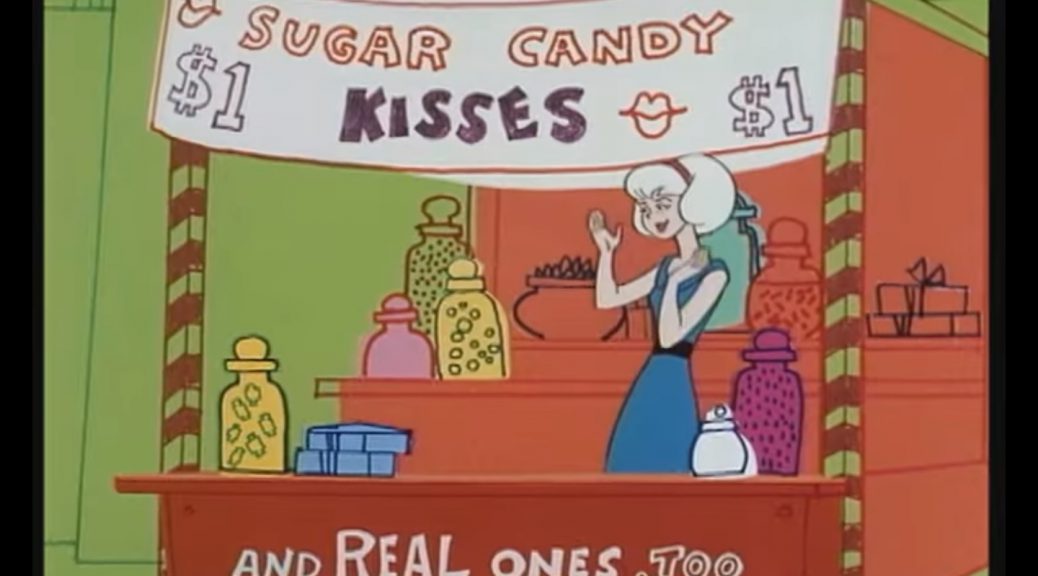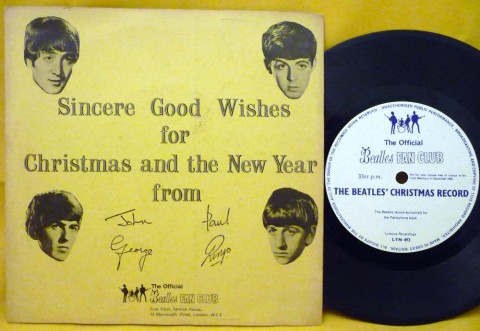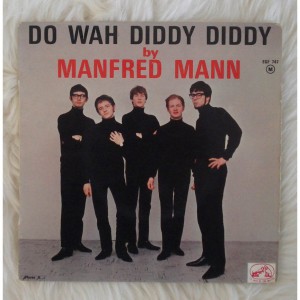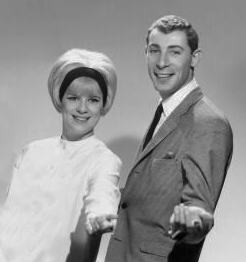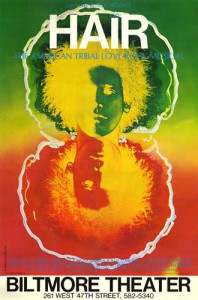October 18 Peace Love Art Activism
BLACK HISTORY
Hard Scrabble Riot
October 18, 1824: a white mob attacked black homes in Hard Scrabble (a section of Providence, RI) after a black man refused to get off the sidewalk when approached by some whites. Although the mob claimed to be targeting places of ill-repute, it destroyed buildings indiscriminately. Hundreds of whites destroyed approximately 20 black homes. Four people were tried for rioting, but only one was found guilty.
Hard Scrabble was a predominantly black neighborhood in northwestern Providence in the early 19th century. Away from the town center, its inexpensive rents attracted working class free blacks, poor people of all races and marginalized businesses such as saloons and houses of prostitution. Tensions developed between the residents of Hard Scrabble and other residents of Providence. [Smithsonian article] (see also Snowtown Riot, September 21 -24, 1831)
Nat Turner
In 1825: Nat Turner had a second vision (see Turner In 1821). He saw lights in the sky and prayed to find out what they meant. Then “… while laboring in the field, I discovered drops of blood on the corn, as though it were dew from heaven, and I communicated it to many, both white and black, in the neighborhood; and then I found on the leaves in the woods hieroglyphic characters and numbers, with the forms of men in different attitudes, portrayed in blood, and representing the figures I had seen before in the heavens.” (next BH, March 16, 1827; see NT for expanded chronology)
Jack Johnson
October 18, 1912: boxer Jack Johnson was arrested on the grounds that his relationship with Lucille Cameron violated the Mann Act (see June 25, 1910 ) against “transporting women across state lines for immoral purposes” due to her being an alleged prostitute. Her mother also swore formally that her daughter was insane
Cameron, soon to become his second wife, refused to cooperate and the case fell apart.
Less than a month later, Johnson was arrested again on similar charges. This time, the woman, another alleged prostitute named Belle Schreiber, with whom he had been involved in 1909 and 1910, testified against him. In the courtroom of Kenesaw Mountain Landis, the future Commissioner of Baseball who perpetuated the baseball color line until his death, Johnson was convicted by an all-white jury in June 1913, despite the fact that the incidents used to convict him took place before passage of the Mann Act.
He was sentenced to a year and a day in prison. (BH, see In December; Johnson, see June 25, 1913)
George Armwood lynched
October 18, 1933: a mob of at least 2000 white residents of Princess Anne, Maryland beat, hanged, dragged, and burned George Armwood to death. Armwood, reportedly known to be “feeble-minded,” had been accused of assaulting an 80-year-old woman who was also the mother of a local white policeman. Shortly after being arrested, Armwood was dragged out of the jail and an 18-year-old boy immediately cut off his ear with a butcher knife. The growing mob then beat George Armwood nearly to death and dragged him to a tree, where he was hanged. Afterward, the mob cut down his corpse, dragged it through the streets, hanged it again, and then staged a public burning. The New Journal and Guide reported that “[m]en, women and children, participated in the savage orgy.”
Armwood’s lynching sparked a national outcry and calls for prosecution of the lynchers, yet investigations at the county, state, and federal levels faced obstacles and delays. Inquiries following the lynching were marked by residents’ refusal to identify participants as well as mockery and intimidation of black witnesses. The American Civil Liberties Union, frustrated with the silence, began offering a $1000 reward to people willing to name leaders of the mob.
Even when finally presented with identifying evidence, the county prosecutor refused to act. When the Maryland Attorney General ordered troops to arrest eight named participants, white residents who supported the accused lynchers waged riots of protest. Four white men were ultimately tried for the lynching of George Armwood, and acquitted by all-white juries. [EJI article] (next BH, see January 28, 1934; next Lynching, see January 30, 1934; see AL3 for expanded chronology of early 20th century lynching)
Irene Morgan
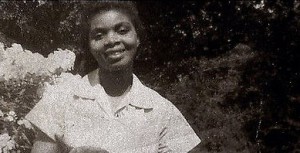
On July 16, 1944, Irene Morgan (age 27), recovering from a miscarriage and traveling by bus from Virginia to Baltimore for a doctor’s appointment refused to relinquish her seat [as well as another Black woman] to a white couple.
The driver, angered by Morgan’s refusal, drove the bus to the Middlesex County town of Saluda and stopped outside the jail. A sheriff’s deputy came aboard and told Morgan that he had a warrant for her arrest. She continued to refuse and had to be physically subdued. She was jailed for resisting arrest and violating Virginia’s segregation law.
On this date [October 18, 1944} Morgan was convicted. On January 27, 1001, President Bill Clinton awarded her the Presidential Citizens Medal. (BH, see June 3, 1946)
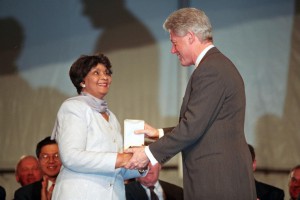
George Whitmore, Jr.
October 18, 1965: prosecutors disclosed that friends of Richard Robles cooperated in the surreptitious recording of conversations in which he admitted the double murder. When confronted with the tapes after his arrest, Robles “freely and voluntarily confessed” in the presence of eight police officers, including Thomas J. Cavanagh Jr., the commander of the Manhattan detective squad. (next BH, see Oct 19; see Whitmore for expanded story)
Tommie Smith and John Carlos
October 18, 1968: the U.S. Olympic Committee suspended Tommie Smith and John Carlos, for giving a “black power” salute as a protest during a victory ceremony in Mexico City. (see “In November“)
October 18 Peace Love Art Activism
Technological Milestones
Long distance telephone
October 18, 1892: the first long distance telephone line between Chicago and New York was opened. (see June 21, 1893)
Transistor radio
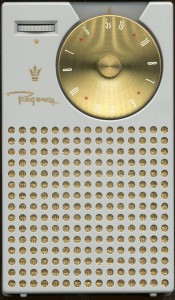
October 18, 1954: Industrial Development Engineering Associates announced the first practical transistor radio, the Regency TR-1. (see Nov 1)
October 18 Peace Love Art Activism
US Labor History
Feminism
October 18, 1911: New York City agreed to pay women school teachers a rate equal to that of men. (Labor, see Dec 5; Feminism, see January 11 > March 1912)
Colin Kaepernick
October 18, 2017: at the next day of the NFL meetings, NFL Houston Texan owner Robert McNair, in response to some players supporting Colin Kaepernick’s kneeling in 2016 with their own associated protests, said, ” “We can’t have the inmates running the prison,”
NFL executive Troy Vincent, a former player, later stood up and said he was offended by McNair’s characterization of the players as “inmates.” Vincent said that in all his years of playing in the NFL — during which, he said, he had been called every name in the book, including the N-word — he never felt like an “inmate.” (Labor , see Oct 27; Free Speech & CK, see Oct 29)
October 18 Peace Love Art Activism
Quarry Men
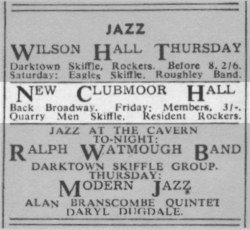
October 18, 1957: The Quarry Men performed at the New Clubmoor Hall (Conservative Club), Norris Green, Liverpool. This was Paul McCartney’s first appearance with the group. The line-up for The Quarry Men was John Lennon, Paul McCartney, Eric Griffiths, Colin Hanton, and Len Garry. Paul McCartney, suffering from a case of the stage jitters, flubs his guitar solo on the song “Guitar Boogie”. Upset with his playing, Paul tries to make amends by showing John a song he had written, “I Lost My Little Girl”. John then shows Paul some songs that he has composed. The two start writing songs together from that moment, which marks the birth of the Lennon-McCartney songwriting partnership. Pete Shotton, out of the group by this time, had no real musical ability and knew it; he was almost relieved when, during a drunken argument, John Lennon had smashed Pete’s washboard over Pete’s head. That was the end of Pete Shotton’s career as a Quarry Man. (see January 24, 1958)
WNEW-FM
October 18, 1967: press release from WNEW-FM announcing that Rosko will be joining station on October 31. (see Oct 29)
Rolling Stone magazine
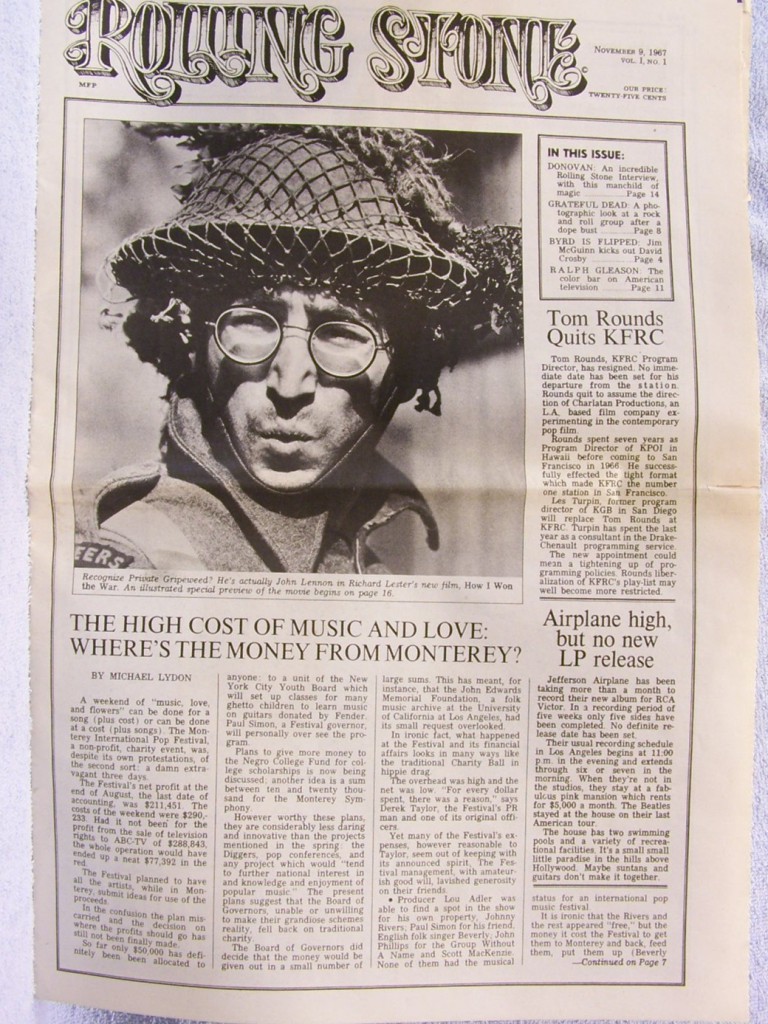
October 18, 1967: the first issue of Rolling Stone magazine released with a cover dated Nov 9 and featuring a photograph of John Lennon in the film How I Won the War. (see Dec 22)
John & Yoko arrested
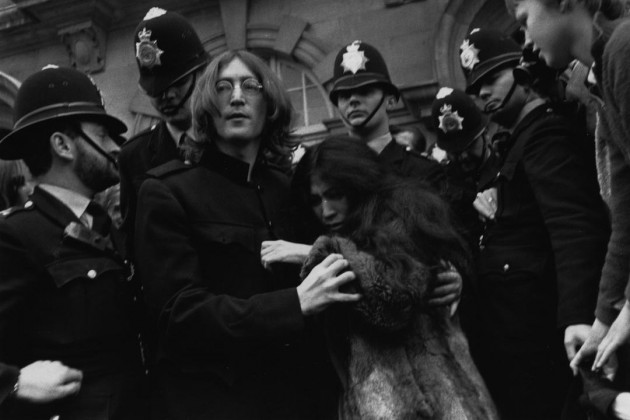
October 18, 1968: the Drug Squad arrested John Lennon and Yoko Ono. Lennon and Ono were temporarily living at Ringo Starr’s flat at 34 Montagu Square, London. Following a tip-off from a newspaper journalist friend, they had thoroughly cleaned the flat to make sure it was free of drugs.
Lennon related: All of a sudden, there was this knock on the door and a woman’s voice outside, and I look around and there is a policeman standing in the window, waiting to be let it. We’d been in bed and our lower regions were uncovered. Yoko ran into the bathroom to get dressed with her head poking out, so they wouldn’t think she was hiding anything. Then I said, ‘Ring the lawyer, quick,’ but she went and rang Apple. I will never know why…. That thing was set up. The Daily Express was there before the cops came. In fact, Don Short had told us, ‘They’re coming to get you,’ three weeks before. So, believe me, I’d cleaned the house out, because Jimi Hendrix had lived there before in the apartment, and I’m not stupid. I went through the whole damn house. (see Nov 1)
“I Can’t Get Next To You”
October 18 – 31, 1969: “I Can’t Get Next To You” by The Temptations #1 on the Billboard Hot 100.
October 18 Peace Love Art Activism
The Cold War
Cuban Missile Crisis
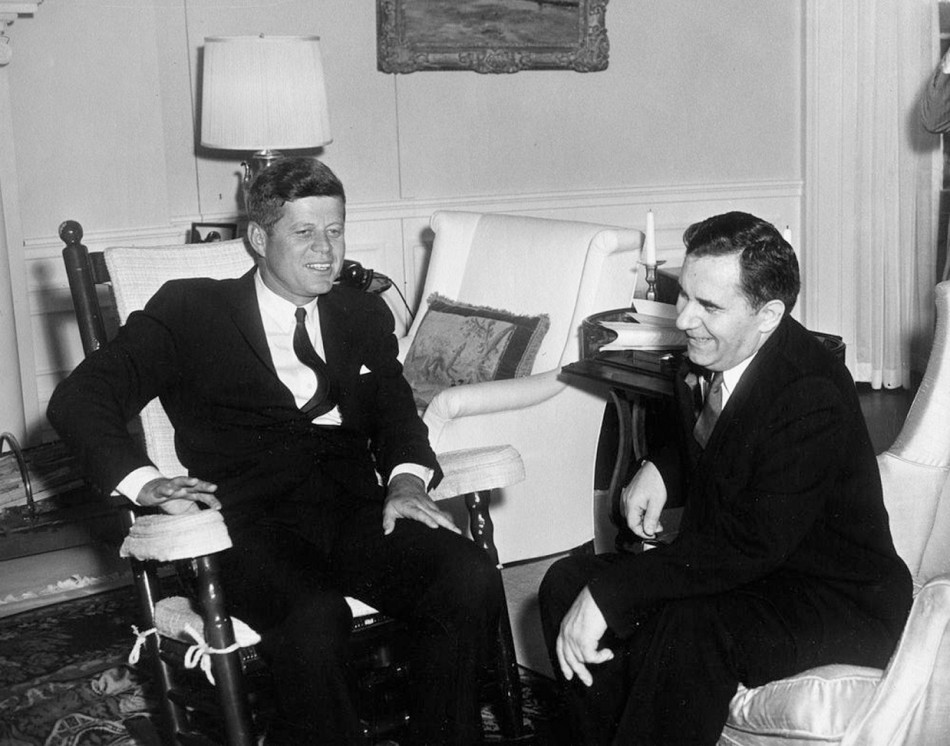
October 18, 1962: President Kennedy met with Soviet Minister of Foreign Affairs, Andrei Gromyko, who claimed the weapons were for defensive purposes only. Not wanting to expose what he already knew, and wanting to avoid panicking the American public, Kennedy did not reveal that he was already aware of the missile build-up. (see Cuban missile crisis)
October 18 Peace Love Art Activism
Vietnam & DRAFT CARD BURNING
David Miller
October 18, 1965: the FBI arrested David Miller for burning draft card on October 15. (Vietnam, see Oct 30; Draft Card, see Nov 6)
Peace Negotiations
October 18, 1972: Henry Kissinger began discussions with President Thieu. In Paris, a spokesman for the North Vietnamese delegation, Nguyen Thanh Le, denounced the United States position as “erroneous and intransigent.” (see Oct 20)
October 18 Peace Love Art Activism
Environmental Issues
October 18, 1972: Congress passed the Clean Water Act, overriding President Richard M. Nixon’s veto. (see December 28, 1973) (NYT Clean Water Act article)
October 18 Peace Love Art Activism
CLINTON IMPEACHMENT
October 18, 1999: Robert Raysworn in as the successor to Independent Counsel Ken Starr, inheriting a highly controversial investigation and the duty to write the special prosecutor’s final report. (see Clinton for expanded story)
October 18 Peace Love Art Activism
LGBTQ
October 18, 2012: the 2nd U.S. Circuit Court of Appeals in Manhattan became the second in the nation to strike down the Defense of Marriage Act as unconstitutional. The decision upheld a lower court judge who ruled that the 1996 law that defines marriage as involving a man and a woman was unconstitutional. The three-judge panel said the law violates equal protection. A federal appeals court in Boston earlier in the year also found it unconstitutional. (NYT article) (next LGBTQ+ see Oct 23 or see December 13, 2022 re DoMA)
New Jersey
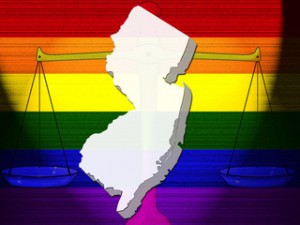
October 18, 2013: NJ state Supreme Court ruled that the state must begin granting same-sex marriage licenses on October 21 (Monday) (see Oct 21) (NYT article)
October 18 Peace Love Art Activism
Newsweek
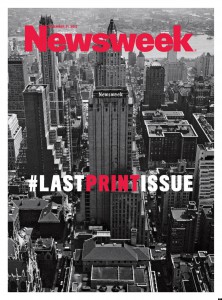
October 18, 2012, Newsweek magazine, in print publication since February 17, 1933, announced that would end print publication at the end of the year. (NYT article)
October 18 Peace Love Art Activism
Sexual Abuse of Children
Boy Scouts of America
October 18, 2012: thousands of pages of internal documents, police files and newspaper clippings were released about how the Boy Scouts of America had policed the ranks of its scoutmasters and other volunteers to guard against sexual predators — and how they had often failed. The files were put together over a 20-year period in states across the nation on 1,247 men who were accused of abuse between 1965 and 1985, often with multiple victims. The release of the documents creates, for the first time, a public database on specific abuse accusations. (Sexual abuse, see Dec 21; BSA, see January 28, 2013) (NYT article)
Pennsylvania investigation
October 18, 2018: the US Justice Department opened an investigation into Roman Catholic dioceses in Pennsylvania accused of covering up sex abuse for decades.
It may have been the first statewide investigation by the federal government of the church’s sex abuse problems. And it came two months after the Pennsylvania attorney general’s office released a grand jury report charging that bishops and other church leaders had covered up the abuse of more than 1,000 people over a period of more than 70 years. (see Nov 8)
October 18 Peace Love Art Activism
SEPARATION OF CHURCH AND STATE
October 18, 2017: the 4th U.S. Circuit Court of Appeals ruled in favor of secularists in a challenge of an enormous cross in the middle of a public roadway in Maryland.
The Bladensburg cross was a massive Latin cross displayed on government property in the center of one of the busiest intersections in Prince George’s County, Md. The religious structure, a claimed war memorial, had been maintained with thousands of dollars in government funds.
The Court of Appeals concluded that the monumental cross — a universal hallmark symbol of Christianity — entangled the government with religion.
“One simply cannot ignore the fact that for thousands of years, the Latin cross has represented Christianity,” wrote the court in its opinion. “Even in the memorial context, a Latin cross serves not simply as a generic symbol of death, but rather a Christian symbol of the death of Jesus Christ.” (see April 15)
October 18 Peace Love Art Activism
Feminism & Space
October 18, 2019: NASA astronauts Jessica Meir and Christina Koch conducted the first all-female spacewalk outside of the International Space Station. (next Feminism, see January 15, 2020 ; next Space, see February 6, 2020)
October 18 Peace Love Art Activism
Immigration History
October 19. 2019: Health and Human Services official Cmdr. Jonathan White told U.S. District Judge Dana Sabraw he believed a “final accounting” would show at least 1,250 additional children had been separated from their parents before Sabraw issued an injunction stopping the family separation practice.
The additional separations would likely be confirmed before an October. 25 deadline set on April 25 by Sabraw in the expanded family separation class action he was presiding over in the Southern District of California.
The government had 6 months to account for all additional families it separated after a January 2019 report by the Office of Inspector General raised the alarm that thousands more children may have been separated than previously thought.
The American Civil Liberties Union also alerted the court during the summer about hundreds more families that had been separated despite Sabraw’s order ceasing the practice. The government had separated those families due to parental criminal history for minor crimes including misdemeanors. (next IH, see Oct 24; next Judge Sabraw, see January 13, 2020)
October 18 Peace Love Art Activism
